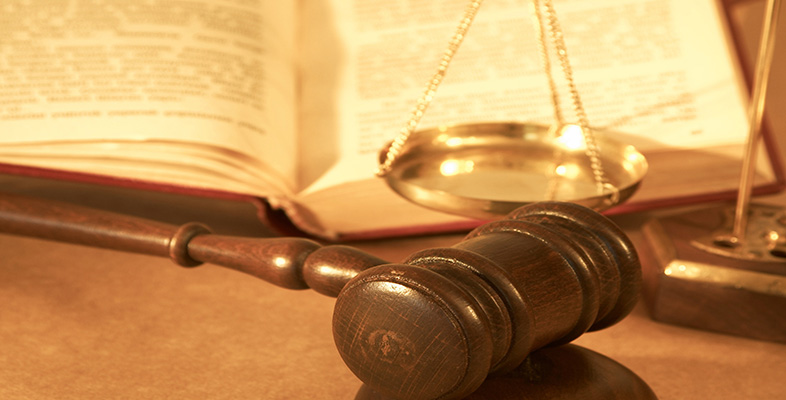Copyright in the courts
Read Case study 3.
Case study 3: Copyright in the courts
Between 1970 and the present, court cases have set a variety of precedents. The following four examples, adapted from David Bainbridge’s Software Copyright Law (Bainbridge, 2004), illustrate some of the judgements given.
- Digital Communications Associates v Softklone Distributing Corporation. [659 F Supp 449 (ND Ga 1987)]
The plaintiff (DCA) designed a screen display for a communications program which showed a list of commands with the first two letters highlighted and in block capitals; the user selected a command by entering its first two letters. The defendant (SDC) developed another communications program with a similar display. The court upheld protection of the screen display, saying that the idea was the concept of such a screen (and therefore not copyrightable), and the expression (that is, the use of highlighting and capital letters, and the organisation of the command) was the means to communicate the idea (and hence was protected by copyright).
- Broderbund Software v Unison World. [648 F Supp 1127 (ND Cal 1986)]
This case also concerned screen displays. In this instance, it was argued by the defendant (UW) that there was only one way to structure the screens and input, thus they were part of the idea, and not simply expression. In fact, other versions of the screens were produced as evidence, and it was ruled that the screen displays were indeed part of the expression used by BS, and thus copyrightable.
- Ibcos Computers Ltd v Barclays Mercantile Highland Finance Ltd (UK). [1994. FSR 275]
A programmer had worked on an accounts package for the plaintiff (Ibcos), and subsequently marketed a competing accounts package for the defendant (BM). Copyright was held to subsist in the individual program and in the entire software package as a compilation. This case showed that, as well as individual computer programs being protected by copyright, the way they are linked together (structured) may, in some cases, also be protected. In other words, depending on the skill and judgement involved in selecting and arranging the individual programs, copying structural and design features may infringe copyright.
- Lotus Development Corporation v Paperback Software International. [740 F Supp 37 (D Mass 1990)]
This case showed that overall organisation and structure, the content and structure of commands, and the user interface (choice of words or symbols) are protected by copyright, but the judge in this case said that it does not follow automatically that every expression of an idea is protected by copyright. He listed four things that must be considered:
- originality – the expression must originate from the author
- functionality – if the expression simply embodies functional elements of an idea, it is not copyrightable
- obviousness – if the expression is inseparable from the idea, it is not protected
- merger – if the particular expression is one of a quite limited number of expressions, then it is not copyrightable.
(adapted from Bainbridge, 1994, pp. 50, 58–9, 92–3, 96–7)
There are a number of quite distinct rights, and in the following subsections you’ll look at each kind of right in turn, focusing on some of the specific problems and issues raised by each right. Because this is an evolving area, particularly with regard to digitised material, it is always advisable to seek expert legal advice when considering intellectual property rights in general and copyright in particular.
